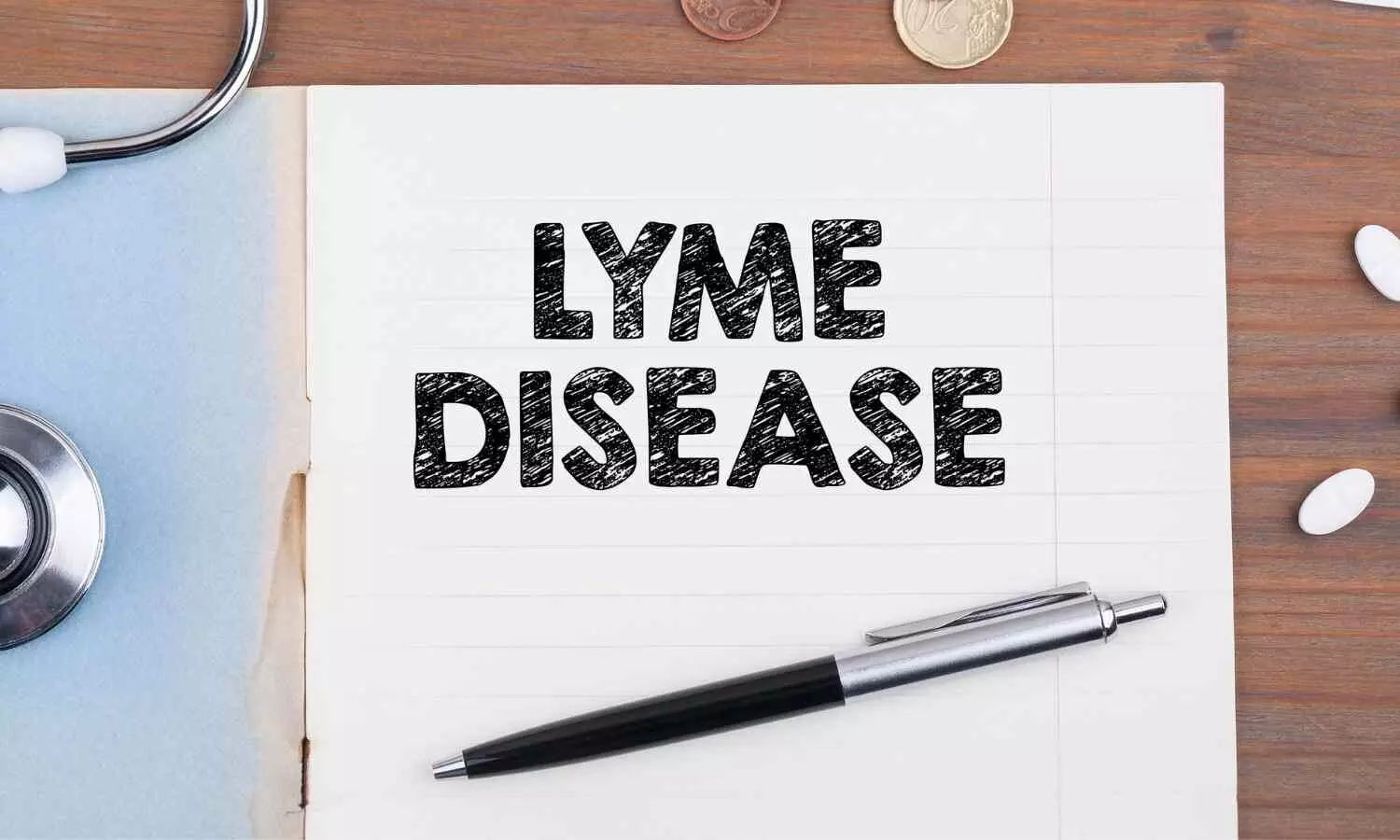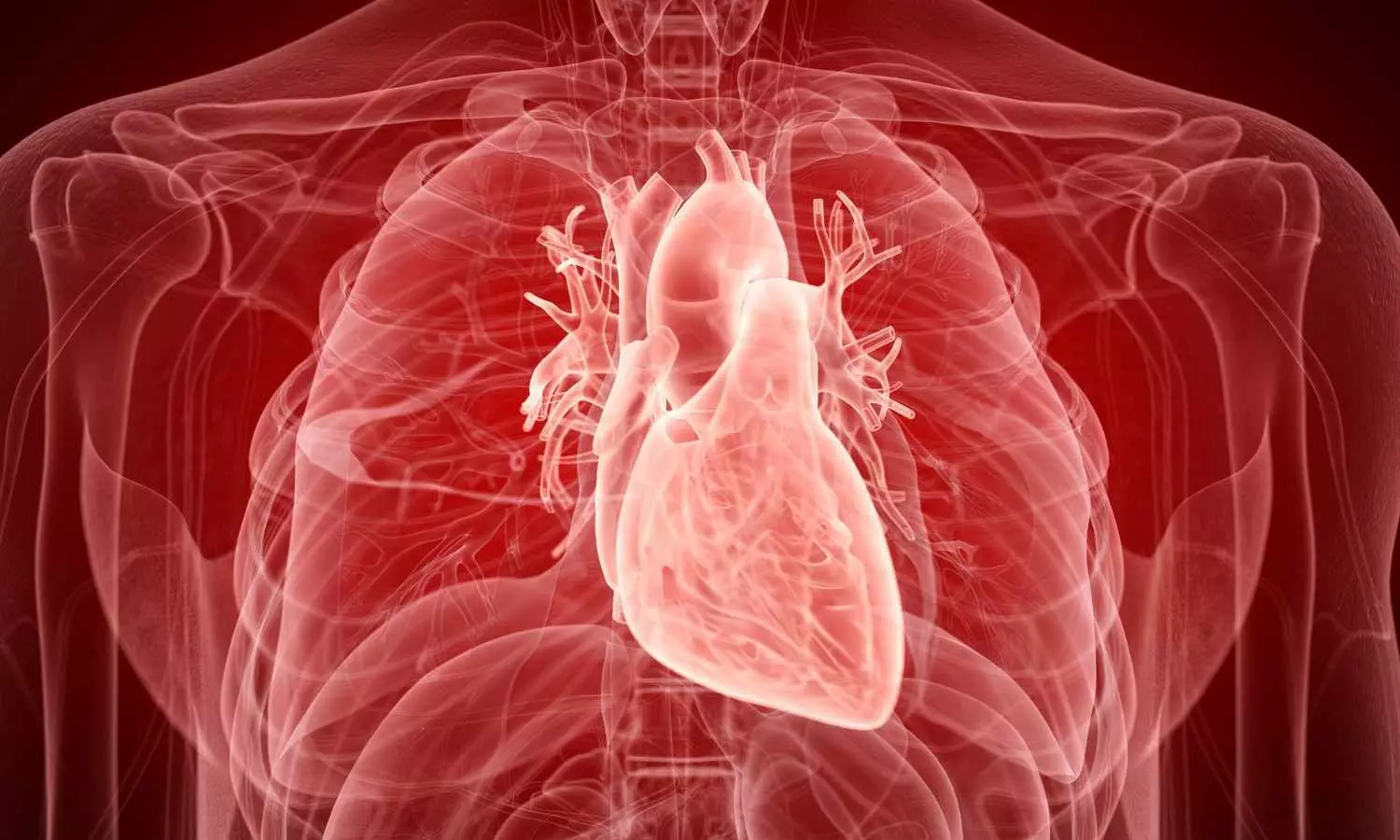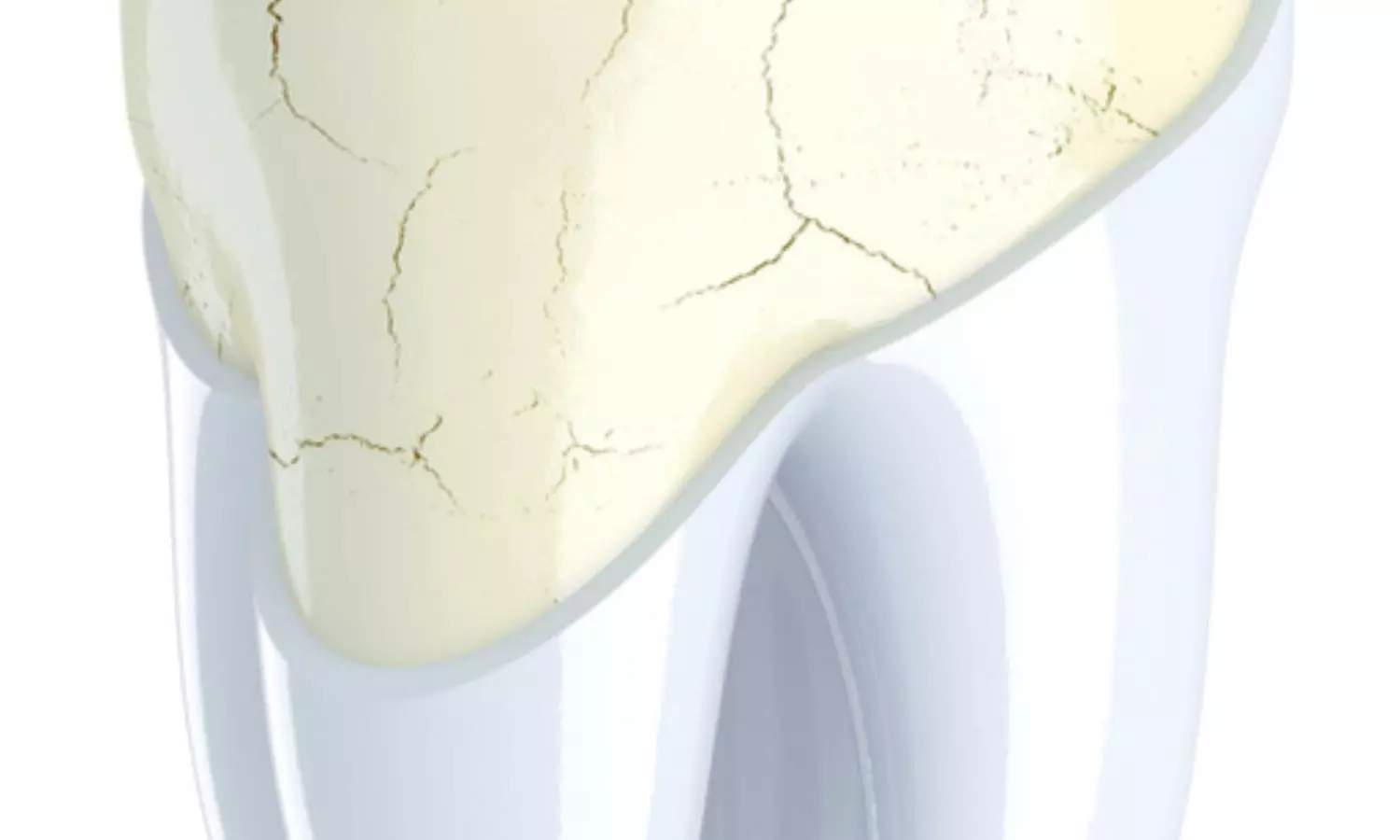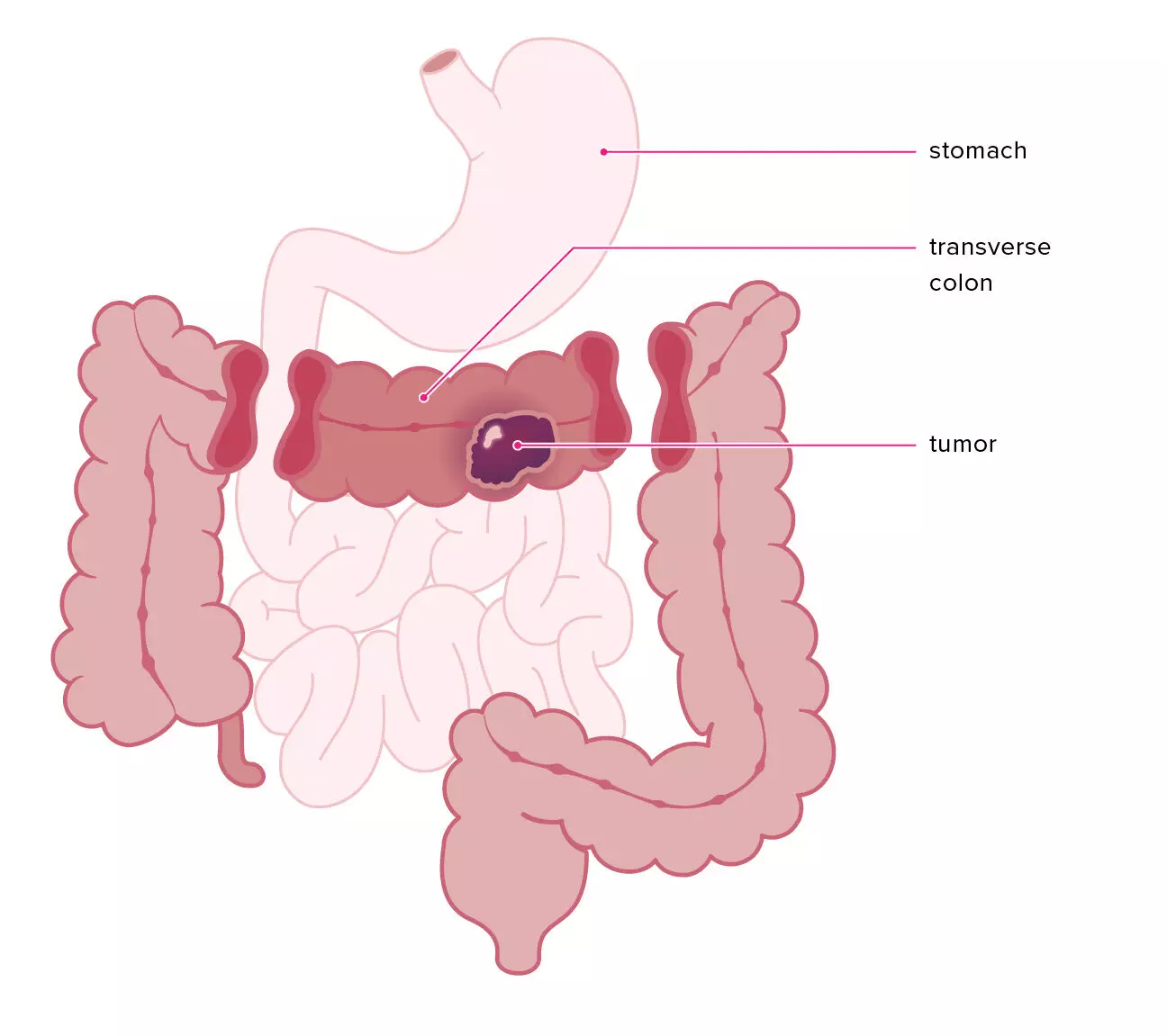Fact Check: Can Rubbing Tomato With Sugar Brighten the skin?

An Instagram post claims that Rubbing a Tomato With Sugar Brightens the skin. The claim is MISLEADING.
Claim
In an Instagram post, it is claimed that Rubbing a Tomato With Sugar Brightens the skin. The post by user hindi.beauty.tips says, “Rubbing sugar on a tomato and applying it to the face helps remove dead skin cells and brighten the skin.”
The post can be accessed here.
Fact Check
The claim by user is MISLEADING. Tomato application and consumption might offer skin benefits such as improved brightness and elasticity and topical application of tomato with sugar could aid in exfoliation. However, no scientific evidence or medical consensus supports the claim that applying tomatoes topically can remove dead skin cells or visibly brighten the skin n.
What are the Benefits of Tomatoes?
Tomatoes are among the most commonly consumed foods worldwide, valued for their abundance of vital nutrients and powerful antioxidants. They are a good source of minerals, vitamins, proteins, and essential amino acids like leucine, threonine, and lysine. Additionally, they contain beneficial monounsaturated fatty acids such as linoleic and linolenic acids, carotenoids like lycopene and β-carotene, and phytosterols including β-sitosterol, campesterol, and stigmasterol. Lycopene, the primary carotenoid in tomatoes, has been associated with a lower risk of various health issues, including cancer, heart disease, cognitive disorders, and osteoporosis. The antioxidant compounds in tomatoes help safeguard the body by neutralizing reactive oxygen species, thus minimizing oxidative damage to key cellular components like lipids, proteins, and DNA. As a result, incorporating tomatoes into the diet may boost antioxidant defenses and reduce the risk of conditions related to oxidative stress.
What is Sugar?
Sugar is a type of carbohydrate that includes naturally occurring forms like glucose and fructose, found in fruits and vegetables, and refined forms like sucrose and high-fructose corn syrup (HFCS), commonly added to processed foods. While natural sugars are essential for energy and part of whole foods, refined sugars are highly processed and not found in nature except in rare cases like honey. These added sugars are a recent addition in human evolution and are now present in nearly 75% of packaged foods, contributing to various health concerns when consumed in excess.
Can Rubbing Tomato With Sugar Brighten Skin?
Tomato application and consumption may help improve skin brightness and elasticity. Hence, the claim by the user is MISLEADING.
Tomato extracts are increasingly recognized in dermatological research for their skin-enhancing properties. A study on tomato seed extract by Mrs. Vaishali Sorte et. al. found that they exhibit multiple dermatological benefits, including anti-aging effects, prevention of hyperpigmentation, regulation of sebum (oil) production, and improvement in skin brightness and pore tightness.
Tomatoes, rich in antioxidants like lycopene, have long been studied for their potential skin benefits. A recent study published in the Journal of Dermatologic Science and Cosmetic Technology evaluated that continuous intake of the tomato extract formulation over eight weeks significantly improved skin hydration and visibly brightened skin, likely through its antioxidant mechanism.
Tomato consumption has also been associated with skin benefits like enhanced skin elasticity. A study published in the Journal of Cosmetics, Dermatological Sciences and Applications found that daily consumption of tomato seed extract may help maintain and improve facial skin elasticity.
Hence, the claim is MISLEADING.

Dr. Varsha Rangari, Sr.Consultant – Dermatologist & Cosmetologist, Aditya Birla Memorial Hospital in a conversation with The Medical Dialogues Fact Check Team, said, “Tomato contains natural acids like citric and malic acid that can mildly exfoliate the skin, while sugar acts as a physical exfoliant. When gently rubbed, this combination can temporarily brighten the complexion. However, there is no scientific evidence that it’s a substitute for scientifically formulated skincare products and should be used with caution, especially on sensitive skin. Also, one has to be careful about allergies to any of the ingredients.”

Dr. Madhur Basude, Consultant – Dermatologist, Aditya Birla Memorial Hospital, further said, “Using a mix of tomato and sugar as a DIY scrub can offer a temporary glow by sloughing off dead skin cells—thanks to the fruit’s natural acids and sugar’s exfoliating texture. While it might feel refreshing, it’s important to remember that not all skin types react the same way. Always patch test first, as natural ingredients can still cause irritation or allergic reactions. Further, there is no scientific evidence or medical consensus that it can be used to remove dead skin cells or brighten skin.”
Medical Dialogues Final Take
The claim that rubbing a tomato with sugar brightens the skin is misleading. While applying and consuming tomatoes may support skin brightness and elasticity due to their antioxidant content, and rubbing tomato with sugar may have an exfoliating effect, there is no scientific evidence confirming that this topical mixture brightens the skin.
Hence, the claim is MISLEADING.
Powered by WPeMatico









